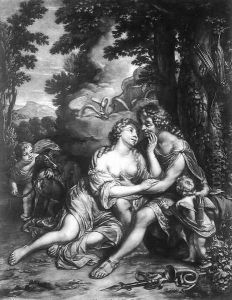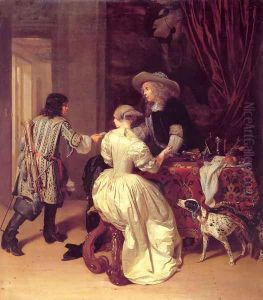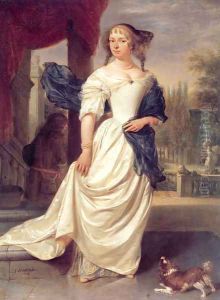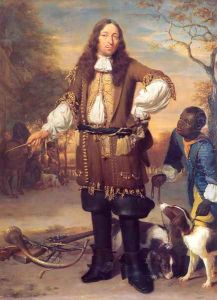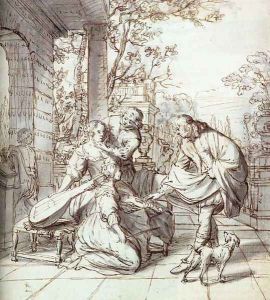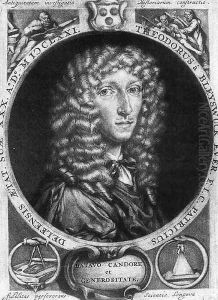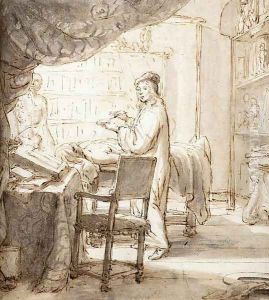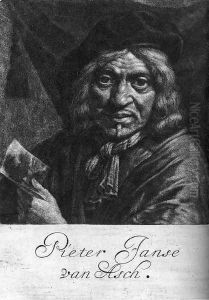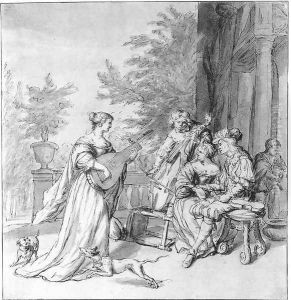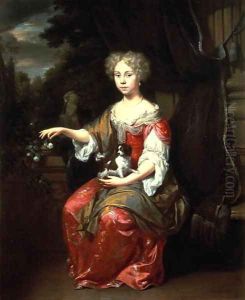Johannes Verkolje Paintings
Johannes Verkolje was a notable Dutch painter, engraver, and draughtsman of the Dutch Golden Age, born in 1650 in Amsterdam and passing away in 1693 in Delft. His work spans a variety of genres, including portraits, genre scenes, and historical paintings, reflecting the diverse interests and talents of this accomplished artist. Verkolje initially trained under Jan Andrea Lievens, who was himself a student of Rembrandt, in Amsterdam. This training under a pupil of Rembrandt imparted to Verkolje a profound understanding of light and shadow, which would become a hallmark of his own style.
After his apprenticeship, Verkolje moved to Delft, where he spent the majority of his career and life. In Delft, he became a leading figure in the art scene, much admired for his ability to capture the essence of his subjects with a delicate and refined approach. His portraits, often characterized by their elegance and subtle use of light, were particularly sought after by the wealthy citizens of Delft and the surrounding areas. Verkolje's genre scenes, which often depicted everyday life with an idealized beauty, also contributed significantly to his reputation. These works are notable for their detailed execution and the sense of tranquility they evoke.
In addition to painting, Verkolje was also an accomplished engraver and draughtsman, producing works that were admired for their technical skill and artistic quality. His engravings, which often reproduced his own paintings or the works of other artists, were highly regarded and contributed to the spread of his fame beyond the borders of the Dutch Republic.
Despite his relatively short life, Johannes Verkolje left a lasting legacy, with his works now held in many prestigious collections and museums around the world. His ability to blend realism with an idealized beauty, combined with his mastery of light, places him among the notable artists of the Dutch Golden Age. Verkolje's contributions to Dutch art were not only in his own creations but also in his influence on the generation of artists that followed, making him a pivotal figure in the history of Dutch painting.
